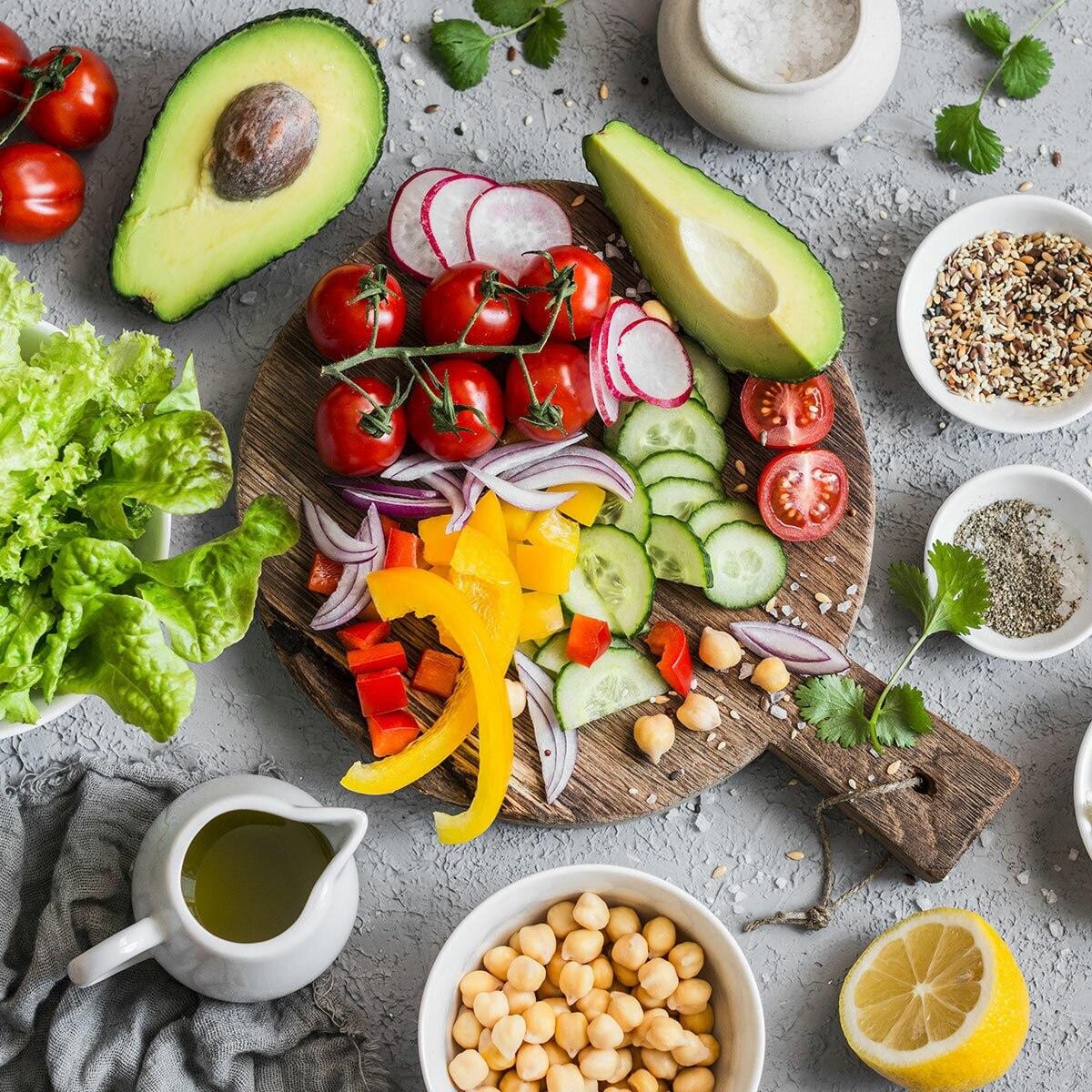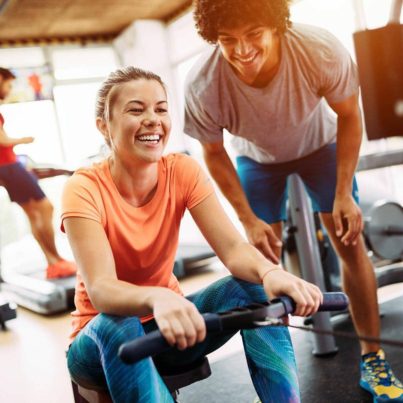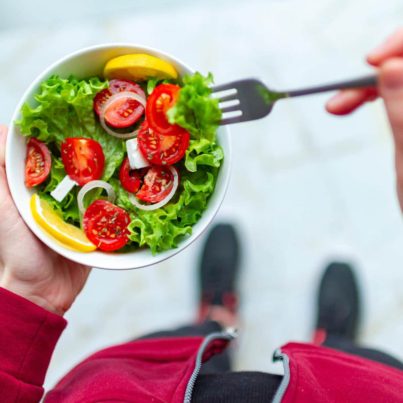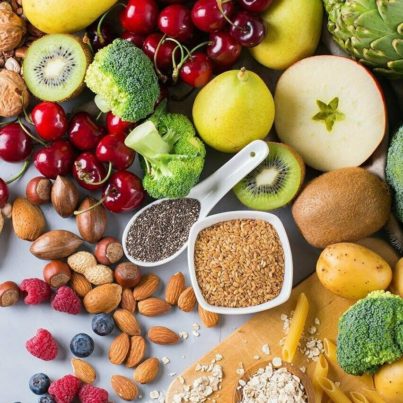Become a Trusted Sports Nutritionist
The Sports Nutritionist Certification online course is the perfect program for nutrition coaching consultants, personal trainers, strength trainers, group fitness instructors, athletes of all levels, and all associated health practitioners and enthusiasts!
Most AFPA students enroll in these scenarios:
- They’re in the health, fitness, or wellness industry and want to expand services to increase their income.
- They don’t have experience, but are passionate about health and starting a rewarding, flexible career.
- They have a desire to learn the science behind sports nutrition for self-improvement.
You can become AFPA-certified in less than 6 months
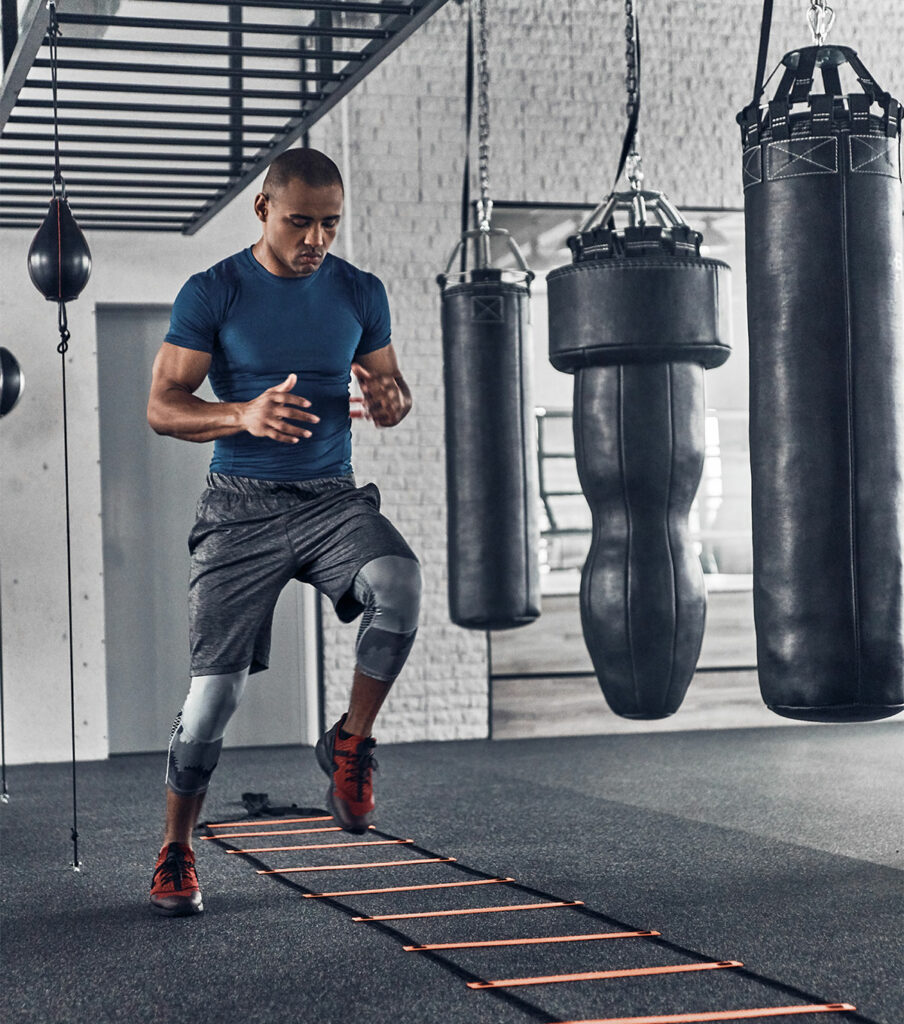
How the Sports Nutrition Certification Sets You Up for Success
As an AFPA Certified Sports Nutritionist, you’ll have the tools and confidence to help clients through their individual journeys.
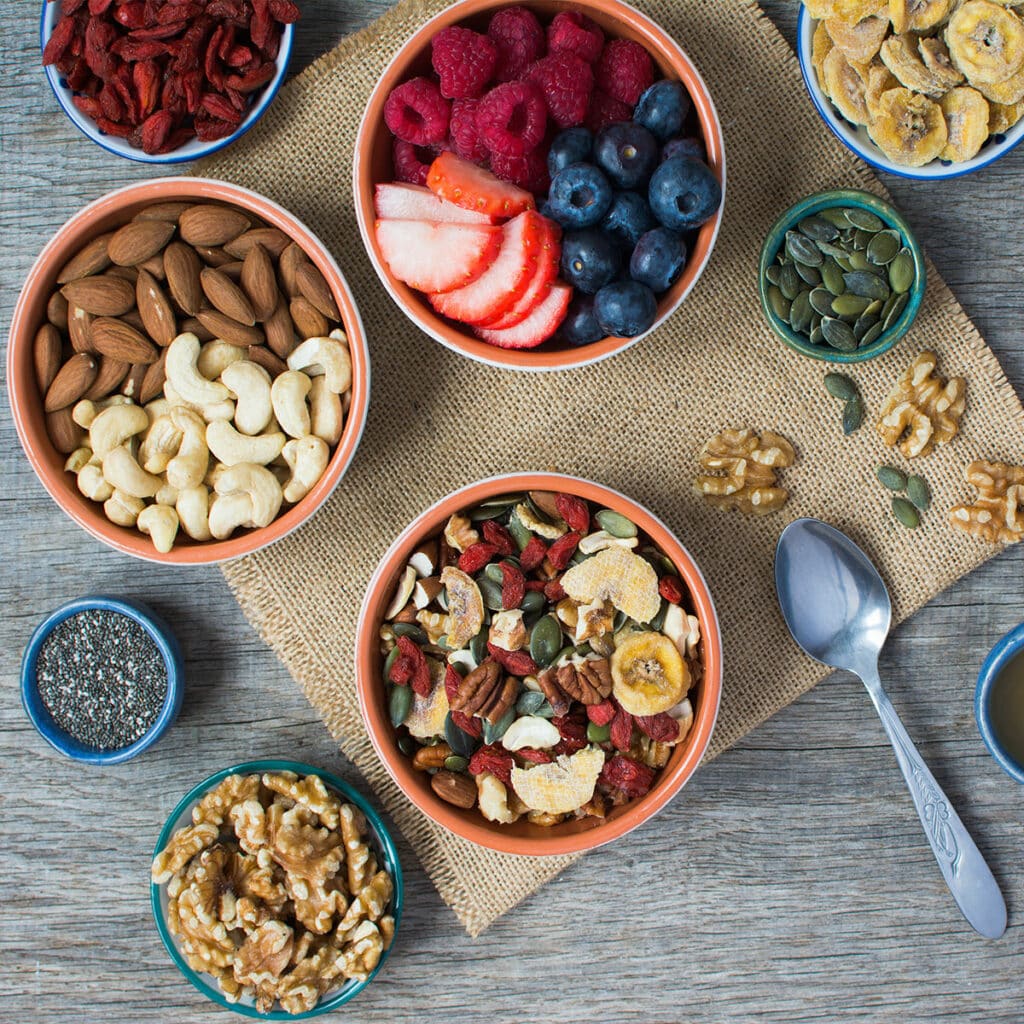
- Present balanced nutritional strategies that maximize performance, considering meal timing, macro nutrients, metabolism, and immune function.
- Help clients work through eating disorders in sports.
- Administer safe, effective fat loss programs for athletes who cut weight (i.e. wrestlers, gymnasts, weightlifters, and bodybuilders).
- Help clients lose body fat while maintaining lean body mass.
Sports Nutrition Course Materials
The online Sports Nutrition Certification course includes textbooks and PowerPoints, workbooks, quizzes, and interactive materials to support your unique learning style.
- Lifetime access to your digital textbook
- Downloadable PDF content
- Self-Study Assignments
- Quizzes
- Final exam
- Sports Nutritionist Certificate (upon passing the exam)
- Bonus materials
- Meal planning and snack ideas
- Updated research covering carbohydrate intake and performance
- Updated sport beverage comparison chart
- Expanded section on weight gain, including meal plans
- Updated information on the Health Claims and Nutrient Content Claims
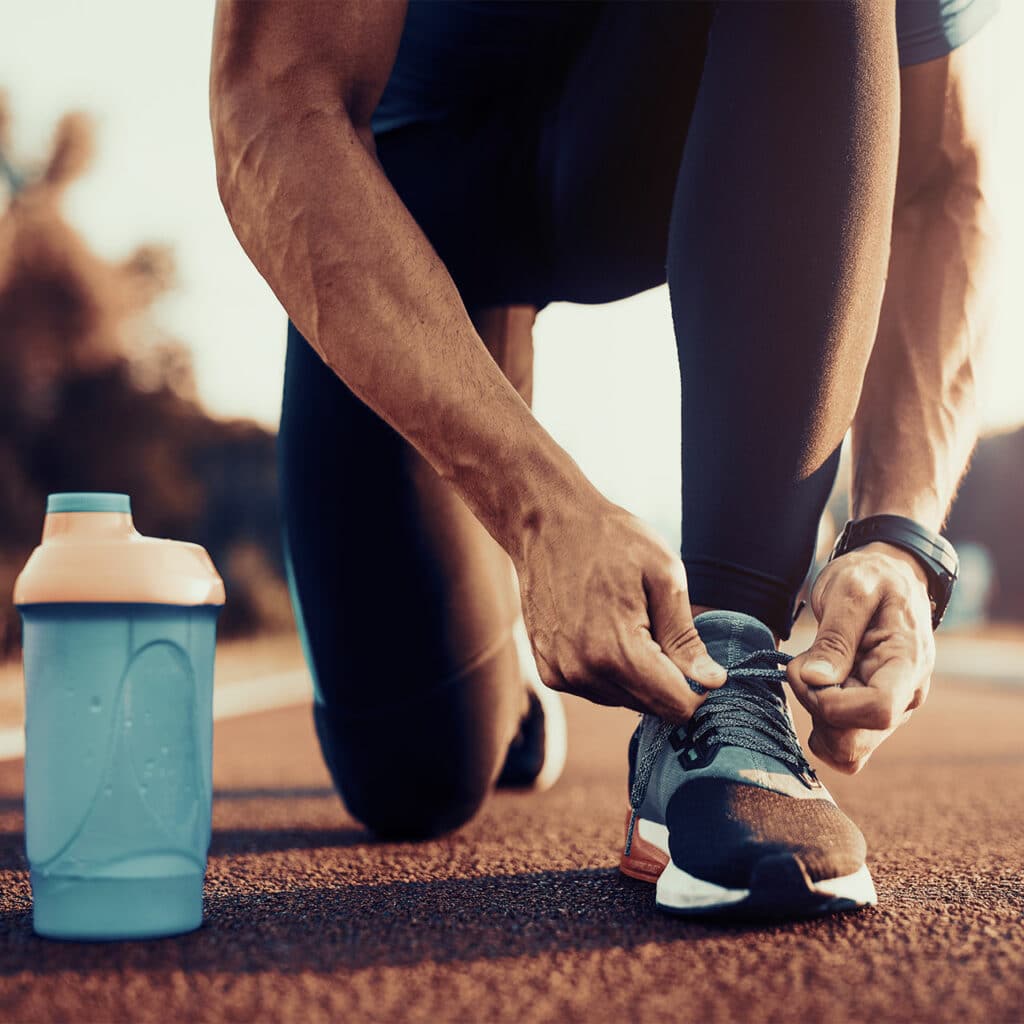
What’s Covered in the Sports Nutrition Curriculum
- Dietary patterns that maximize performance and prevent disease
- Understanding research advancements in ergogenic aids
- Sample eating plans for specific workouts
- Eating to fuel performance and recover quickly
- How to decipher current food, diet, and supplement options
- How to overcome food and weight obsessions
- How to lose undesired body fat while maintaining energy for exercise
- Strategies to boost energy, reduce stress, control weight, improve health, and enhance workouts
- Jobs available in sports nutrition and how to land them
- Major metabolic pathways calculations and conversions
- Using carbs, fat, and protein as fuel for exercise
- How to achieve healthy body weight and understand body composition
- Achieving fluid and electrolyte balance
- How to incorporate antioxidant nutrients into meal plans
- Micronutrients important in blood formation
- Nutrition and fitness assessment
- Ergogenic substances: evaluating sport nutrition products
- How to conduct nutrition consultations with athletes
- Weight management for endurance and ultra-endurance athletes
- Building nutrition plans for special populations
- Understanding the gastrointestinal tract
- How to leverage growth and body mass index charts
130000+ students certified
30+ years of excellence in education
30+ certification programs offered
98.9% student satisfaction

“What I loved most about getting certified with AFPA is that it really opened the opportunities for my long-term career, and it gave me direction.”
— Taylor Kalisiak, AFPA Sports Nutritionist
Let Customers Speak for Us
FAQ
What are the qualifications to enroll in the Sports Nutrition Certification course? Answer
Sports Nutrition Enrollment Requirements:
- Be at least 18 years of age.
- Have a solid understanding of the English language.
Certification Requirements:
- You need a minimum final exam grade of 85% to pass. A $75.00 retest fee will apply.
After successful completion, you will earn the title of “Certified Sports Nutritionist” on your certificate.
Are textbooks included in my enrollment fee? Answer
Yes! Your enrollment fee includes lifetime access to all of the digital textbooks you will need to complete this course.
Digital textbooks allow us to offer the most up-to-date curriculum, give you immediate access to the materials, plus offer portability across devices.
We understand that learning styles and preferences vary. If you are interested in purchasing physical textbooks in addition to the digital textbooks that are included in your course enrollment fee, you can find a complete book list within your online student learning platform.
What can I expect from the final exam? Answer
The certification exam contains 146 multiple choice and true/false questions. You may refer to your course materials as you complete the exam, and you may save your exam progress and complete the exam throughout multiple sittings.
Once you’ve completed the entire exam, you can submit it for immediate grading. Passing the Certification Exam requires a score of 85 percent or higher. You may request a retest for a $75.00 fee if you do not pass.
Can I complete this course while working a full-time job? Answer
Many students have full-time jobs and are able to simultaneously complete the Sports Nutrition Certification course. Some students are able to complete the course in less than 8 weeks by investing a few hours per week to their studies.
Are there payment plans? Answer
Select Affirm at checkout to split your purchase into monthly payments starting at 0% APR with no hidden fees.
Pick the loan that fits your budget and make payments over three, six, or 12 months. Our secure payment plans offer instant approval.
Payment Plans Available Starting at 0% APR
Choose from 3, 6, or 12 months. Instant approval. Safe and secure.

